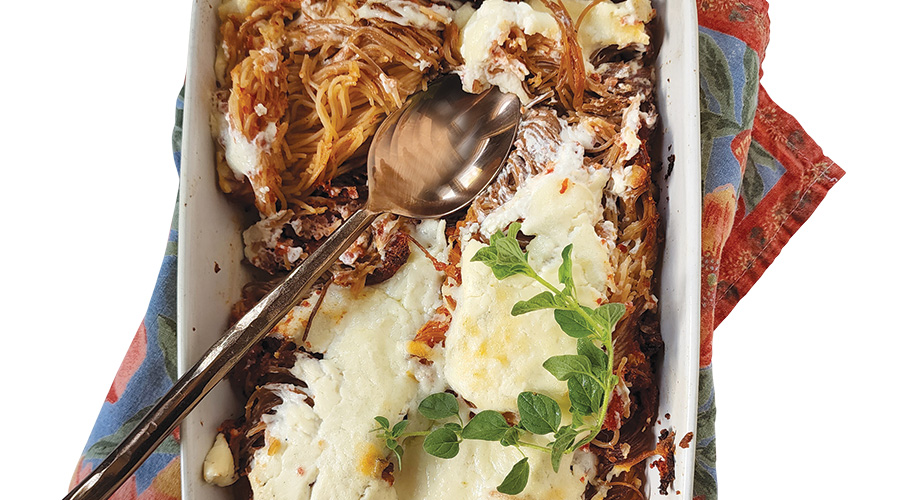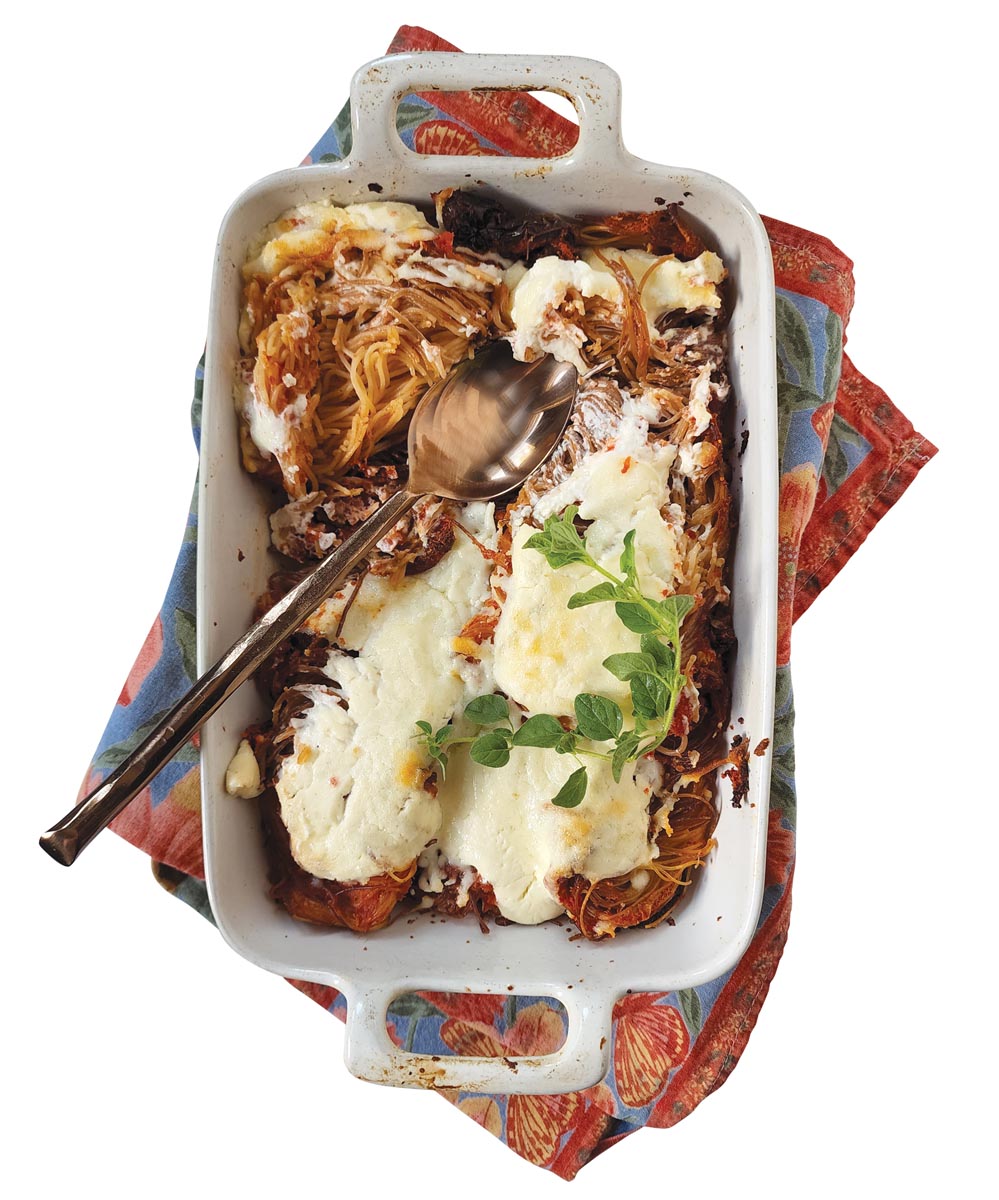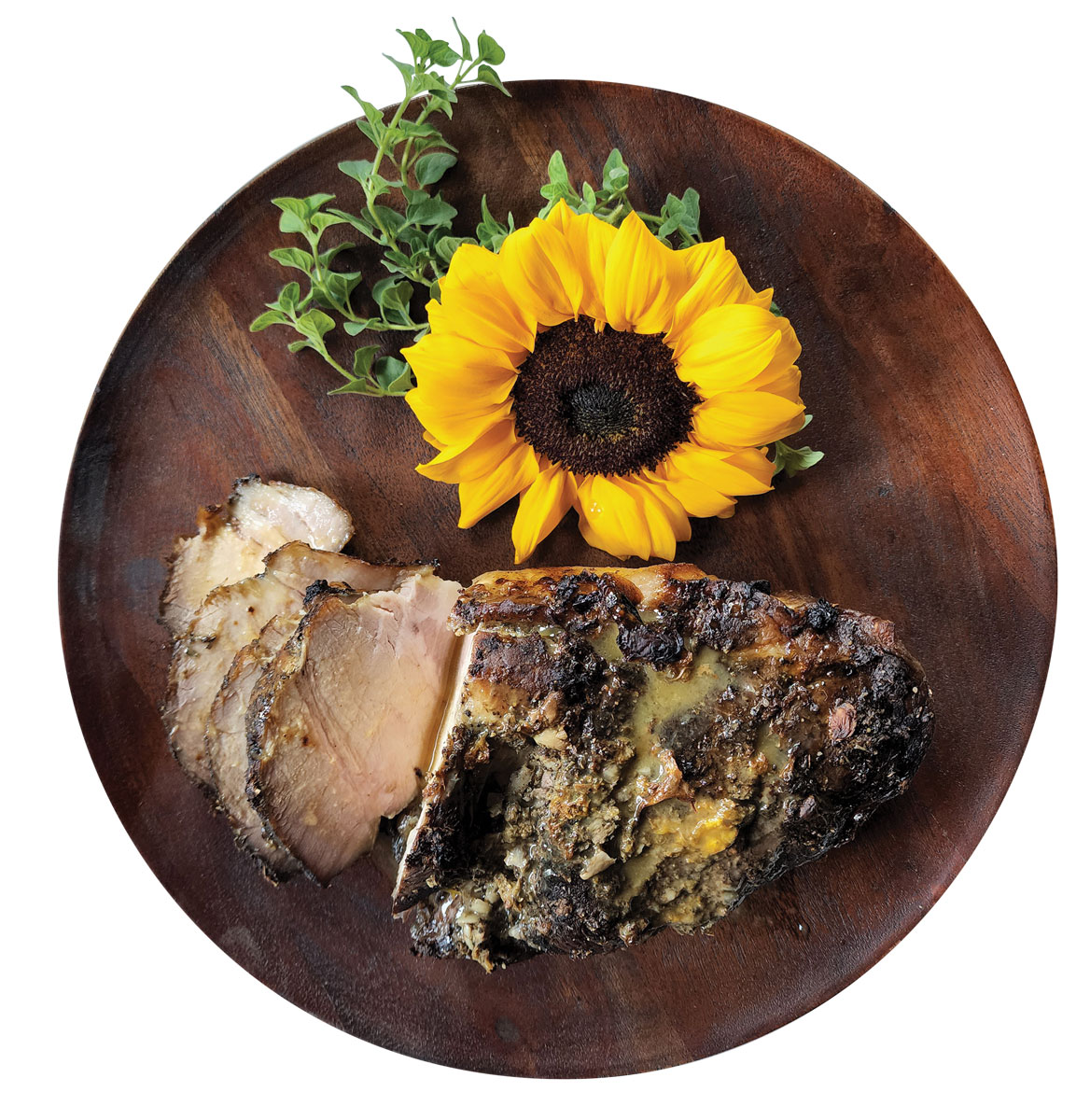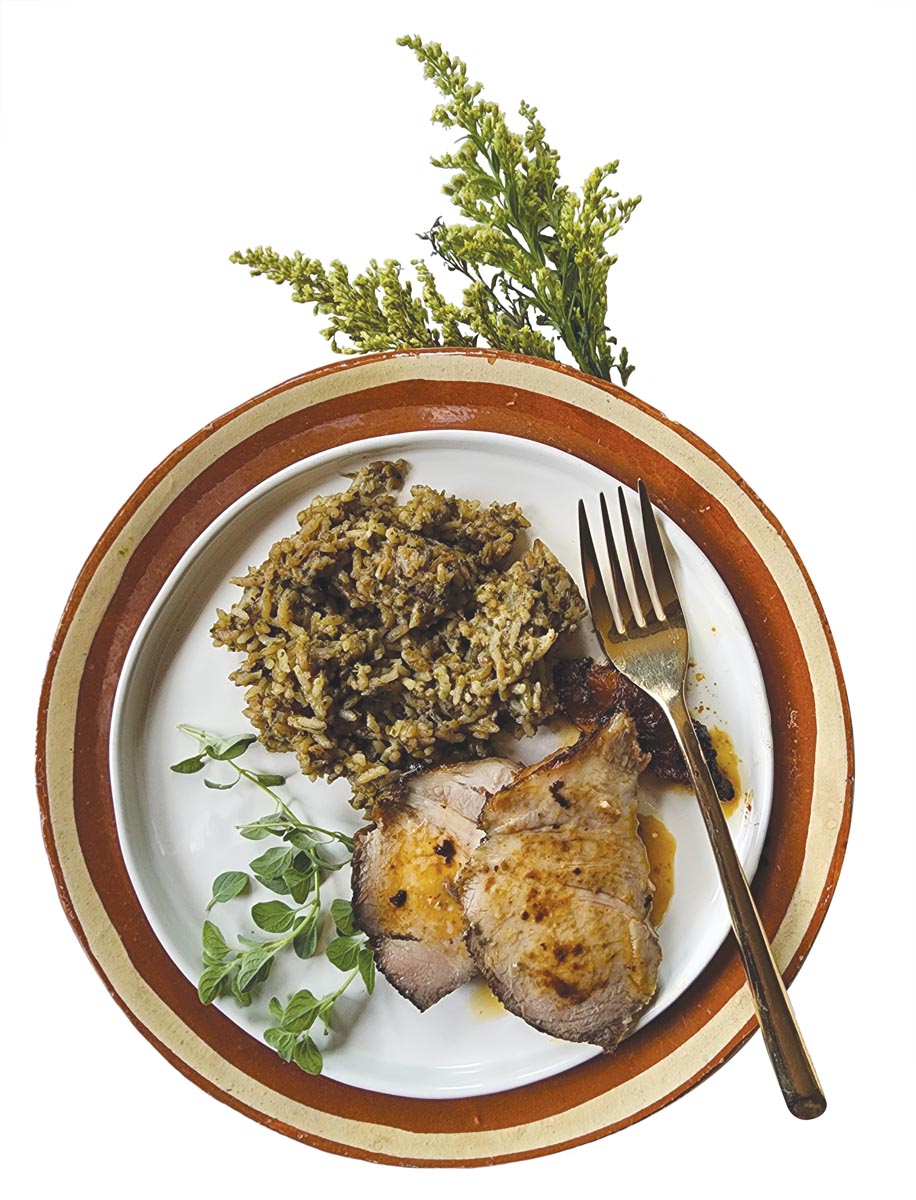
The Art of Cooking
Photos and text by Meda Kessler
A Mexican feast honors the legacy of a fearless pioneer
When Diana Kennedy died in July, we immediately pulled out our taped-together copy of The Cuisines of Mexico. Published 50 years ago, her book has been a go-to in our kitchen ever since we bought it in the mid-’80s. We also have a sauce-stained copy of Mexican Regional Cooking, which contains recipes she compiled after publishing her first book.
An Englishwoman who moved to Mexico with her husband, Paul Kennedy, a correspondent for The New York Times, Diana had a wanderer’s soul, traveling around Europe after World War II on a budget but always making it a habit to sample the local cuisine.
She moved to Canada in the early ’50s and met her husband on a trip to Haiti. They married in Mexico City, and she fell in love with the markets and food. Her friends connected Diana with their maids, who were more than happy to share their culinary tips with her. She lived and traveled throughout Mexico, immersing herself in regional dishes defined by geography and climate. She also learned the traditional cooking techniques and discovered a wonderland of spices and ingredients.
When Paul Kennedy died in 1967, Diana moved to New York City and occasionally gave cooking classes in her apartment, encouraged by friend Craig Claiborne, who happened to be food editor of the Times. Another friend in the publishing business encouraged her to develop a cookbook, which became the first of eight; several of them are still in print. For years, frequent trips back to Mexico included traveling to small villages, even when that meant sleeping in the back of her pickup.
In 1976, she relocated to Mexico full time, eventually ending up in the town of Zitácuaro, in the state of Michoacán. She died July 24 at her home at the age of 99.
Diana championed authentic, honest cooking; she wanted to open up people’s eyes and palates to the real deal instead of Americanized tacos doused with chile powder and served in crispy shells. In Texas, her influence can be found in Austin, where she advised the owners of Fonda San Miguel on the restaurant’s menu, and in San Antonio, which is home to her personal cookbook collection and papers. In reading her books and articles about her, we came to know her as no-nonsense, witty and sort of intimidating. One of our favorite quotes came from a Saveur article published 10 years ago (we still have a print copy of the issue). “To me, the interesting part of cooking is cooking, bringing flavors out of ingredients, not having to put flavors in.”
These dishes, all adapted from the Regional Cooking book, are what we crave when the weather starts to cool off and we want to immerse ourselves in chopping veggies and herbs, simmering sauces and rich flavors. These recipes take time but are worth
the effort. Ice down some Mexican beers, heat up some good tortillas and enjoy.
Sopa Seca de Fideo
Serves 6
- 6 tablespoons peanut or safflower oil
- 8 ounces vermicelli noodle nests (if using long pasta, break into small pieces)
- 2½ cups canned tomatoes, diced
- ¼ small white onion, roughly chopped
- 1 clove garlic, peeled and roughly chopped
- ½ cup chicken stock
- 2 canned chipotle chiles in adobo, minced
- Salt and pepper, to taste
- 1 cup cotija, crumbled
- ¾ cup crema or sour cream
- Cilantro for garnish
Pour oil into a large skillet over medium-high heat. When it starts to smoke, lower heat and add pasta bundles. Fry until a deep golden brown — cook in batches if necessary — turning them over carefully, so as not to break up the bundles. Remove from skillet and drain on paper towels.
Puree tomatoes, onion and garlic in a blender until smooth. Add to skillet and fry over high heat, stirring occasionally, for about 8 minutes. Add stock, chiles and salt; cook for 3 more minutes. Add noodles, stir to combine, season with salt and pepper.
Heat oven to 350 degrees. Transfer noodles to a greased 8-by-8 baking dish, cover with foil and bake until pasta is tender and sauce is absorbed, about 10 minutes.
To serve, divide among plates, sprinkle with crumbled cheese and drizzle with crema.

The name translates to “dry vermicelli soup,” but the dish is more like a lightly sauced pasta. The chipotle adds a bit of heat and a lot of flavor. We found the vermicelli “nests” at Fiesta; if vermicelli is unavailable, substitute capellini or angel hair pasta.

Tender pork shoulder cooked in orange juice can be sliced or chopped and wrapped in tortillas. The original recipe calls for a rib-end pork roast, but we used a bone-in pork shoulder.
Puerco en Naranja
Serves 6 to 8
- 5 pounds of pork shoulder
- 5 cloves of garlic, peeled
- 1 tablespoon salt
- 2 teaspoons oregano
- 12 peppercorns
- 3 oranges
Heat oven to 350 degrees.
Pierce meat with sharp point of a knife. Crush garlic, salt, oregano and peppercorns together to make a chunky paste. Add juice of 1 orange. Rub mixture over pork and set aside for 1 hour.
Add meat to casserole dish and add juice of second orange. Chop up peel from 2 oranges and add to casserole dish. Cover and bake for 2 hours.
Remove from oven and drain off all but 3 tablespoons of pan juices; reserve. Turn meat over and bake, uncovered, for an additional 45 minutes, basting from time to time with reserved pan juices. Remove from oven and squeeze juice of third orange over roast. Put it under broiler for about 5 minutes to brown.
Arroz Verde
Serves 6
- 1½ cups long-grain white rice
- 3 tablespoons peanut oil
- ½ cup cold water
- 1 small bunch Italian parsley
- 3 sprigs cilantro
- 3 large romaine lettuce leaves
- 2 poblanos, charred, and cleaned of seeds and stems (or 2 small cans of green chiles)
- ¼ small white onion, roughly chopped
- 1 clove garlic, peeled and roughly chopped
- 3 cups light chicken broth
- Salt, to taste
Cover the rice with hot water and soak for 15 minutes. Strain and rinse in cold water. Allow to drain for another 15 minutes.
In a heavy pan, heat oil until it smokes. Stir rice into oil. Fry over high heat, scraping and turning rice until it’s a pale golden color. Don’t worry if some of the rice darkens up a bit; it adds a pleasing, crunchy texture.
In a food processor or blender, add cold water, parsley, cilantro, lettuce leaves, poblanos, white onion and garlic. Blend until smooth.
Add blended ingredients to rice and fry over high heat, stirring constantly and scraping bottom of skillet until rice is almost dry. Add broth, salt it to taste and cook over medium heat until liquid is absorbed and small air holes appear on the surface of rice, about 15 minutes.
Cover skillet with lid or foil and cook for 5 minutes more. Turn off heat and cover rice with a clean dish towel to allow it to steam for 30 more minutes.

This green rice makes an excellent side dish. Take time to char the poblanos, as they add more flavor than the canned chiles.
